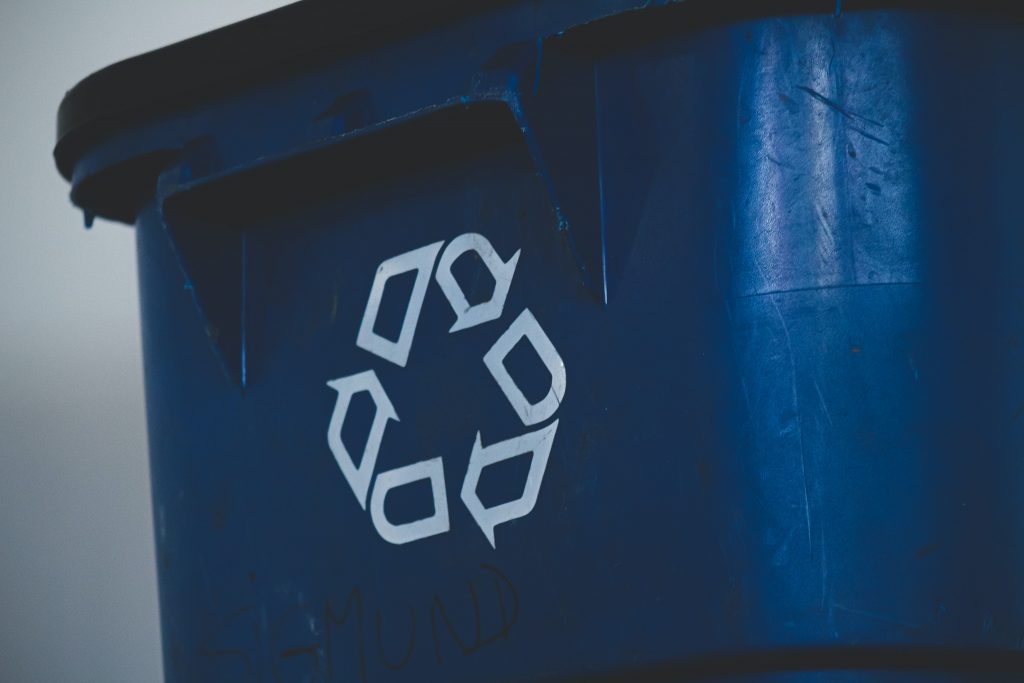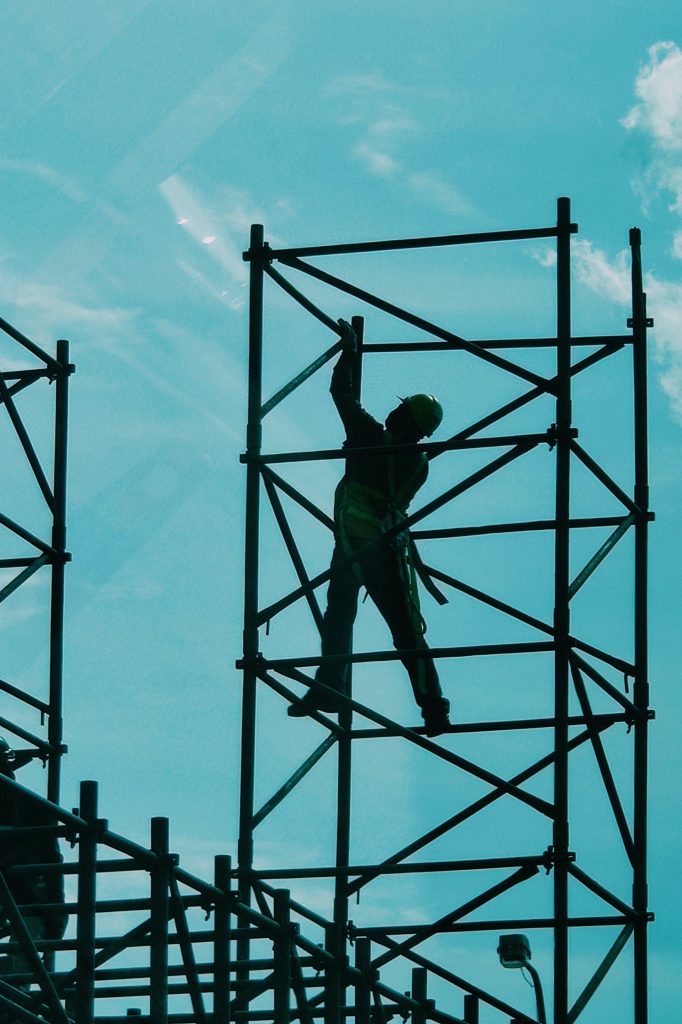About the research
Maintain the value of the resources incorporated in the artifacts over time even after they have been removed from the building, extending their useful life and usability.
activation of circular regenerative processes
Lombardy region tertiary real estate assets
The various categories of tertiary buildings seem to be the most suitable to initiate re-use and regeneration processes as they are characterized by short renewal times, accelerated obsolescence of internal equipment / fittings, prevalence of dry-assembled elements and high-performance components.
The Lombardy region is a representative and promising scenario for the research perimeter, since it is characterized by a substantial tertiary building stock combined with the high number of rentals and the disclosure of recent practices (co-working, hoteling) that shift the focus on use of buildings in terms of service.
The building stock of the tertiary sector includes real estate units intended for offices, exhibition activities and the retail sector such as shops.
Key themes
- Applying regenerative circular economy in the building sector, in particular in tertiary sector buildings characterized by rapid obsolescence and temporary uses.
- Experimenting strategies of re-manufacturing and re-use, considered winning strategies as they can keep building components and their embodied materials in use for longer with the double benefit to reduce impacts (by reducing raw materials and energy for new products and generation of waste for dismissed products) and to consume low quantities of energy for their processes.
- Developing new organizational, operative and business models for re-manufacturing and re-use in the building sector through transfer processes from other more mature sectors..
- Creating new skill profiles, jobs and business opportunities based on re-manufacturing and re-use practices supported by networking and sharing strategies..
- Improving circular practices, applying Life Cycle Management and sustainable approaches (Sustainable Product-Service Systems).
To promote re-manufacturing and reuse as more sustainable recycling strategies

impact forecast
Process innovations in the medium / long term
Process innovations (in terms of new relationships between stakeholders, new business models, new supply chain networks, new construction-use-disassembly methods), generated by the research results, determine a medium-term impact on operators and stakeholders involved in research. Pilot networks are a first real and immediate effect of research and can generate potential long-term stable relationships between the operators involved, based on win-win strategies and virtuous circular processes.
In the long term, the results of the research, in the form of frameworks of models, rules, procedures and pilot networks, can allow the replicability of the actions in other contexts (Milanese or Lombardy or national).

Development of the local economic system
- To involve the main stakeholders already active in the area
- To improve the innovation capacity of SMEs towards new potential markets
- To improve the integration of new knowledge (strengthen the competitiveness and growth of businesses by developing innovations and meeting the needs of the European and global market)
- To involve and to allow various operators to manage, manufacture, re-use products whose life can be extended
- To involve and to enable various operators in the design, management, production, regeneration of new eco-products
- Creation of new processes and intersectoral relationships
- Expansion of existing and new product and service areas - creating opportunities for new skills and jobs
- Creation of interdisciplinary teaching and education
impacts on the economic environment
Circular economy approach strategies
- Keep building components in use for a longer time (through reuse / regeneration).
- Reduction of downcycling and promotion of revaluation through solutions in which reuse or re-production allow to "regenerate" the product to a new life, maintaining its value.
- Minimization of the toxicity of materials through dry assembly and reversibility of components by limiting the use of adhesives, generally associated with releases of toxic substances.
- Identification of reuse / re-manufacturing strategies capable of re-evaluating the embodied energy and the other impacts embedded in the building components (deriving from the primary production activity).
- Adoption of effective action plans to reduce these barriers.
- Identification of (economic) incentives and promotion of policies.
- Improvement of circular criteria in Green Building Rating Systems and in environmental certification as possible environmental criteria in support of Green Public Procurement, Green Building Rating Systems standard towards “circular products / services”.
The aim is therefore to create solutions in which reuse or re-manufacturing allows the product to be "regenerated" to a new life, while maintaining its value.
- Provide the key criteria to increase the possibility of accessing incentives or participating in public tenders in the construction sector, within the policies of Green Public Procurement (GPP).
- Improve competitiveness through environmental certification schemes (Green Building Rating Systems).
- Identification of new job opportunities for young people with high or low level skills and training of new professional profiles through courses for designers, producers, property managers, facility managers, development office technicians, craftsmen, installers, small business owners. The new professional profiles formed will involve, among others: new stakeholders in the creation of networks, mediators in the activation processes of reuse / regeneration networks; operators for the communication and exchange of data and information (middleware) necessary for the construction and maintenance of a regeneration / reuse network.
- Increase the participation of communities in regenerative activities, involving end users and stakeholders through conferences (sustainability days, circular economy days) and web learning tools to promote understanding of the topic and influencing more aware behaviors of interested parties and users endings.
- Organization of national conferences with round tables.
- Organization of professional training courses to increase skills and knowledge and to support the professional training of interested parties.
